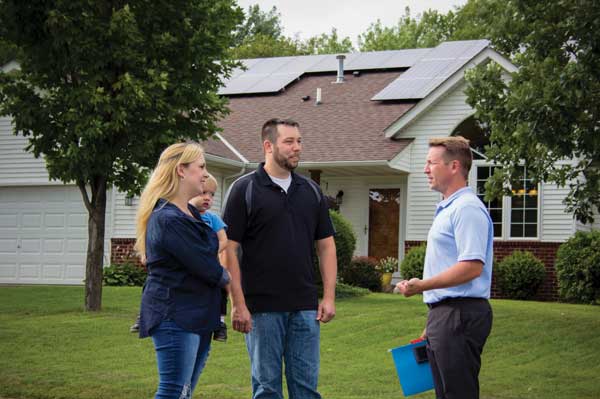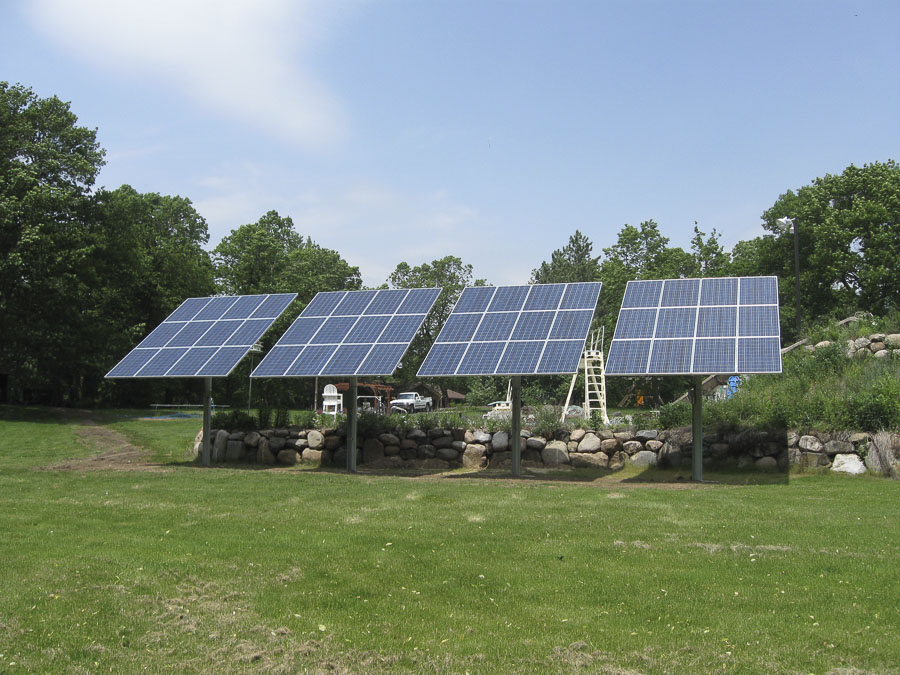Connect Your Own Renewable Energy System
With the increasing popularity of renewable energy, we want to help our members learn more about installing their own solar, wind or energy storage system as a way to save money and protect the environment. Proper interconnection of a distributed energy resource system is important to ensure a safe and reliable electrical grid. The State of Minnesota requires all distributed energy resource systems, which can parallel to the Dakota Electric system, apply for interconnection.

Renewable Energy System Information
The first step in the interconnection process is to submit information about your renewable energy system by using our online power portal. Find all the required documentation, learn about the process and technical procedures and check the status of your project while installing your renewable energy system. To get started, click my power portal button.
For questions about the interconnection of distributed energy resource systems, including solar, wind and energy storage systems, please email us at DER@dakotaelectric.com. For more information about interconnecting with small solar systems, call 651-463-6212.
For larger commercial size distributed energy resource interconnections, Dakota Electric has a pre-application request option where, for a small fee, the applicant can submit a request for a pre-application report to learn more about potential issues with a proposed interconnection location. To request a pre-application report, please use the online power portal.
Rates and Conditions of Service
There are several rate options available for distributed generation facilities that are interconnected to Dakota Electric’s distribution system. Participation in each option depends on the size and type of generation being installed.
A qualifying facility is a cogeneration or small power production facility which satisfies the conditions established in Code of Federal Regulations, title 18, part 292. For most Dakota Electric members, these are on-site solar and wind generation facilities.
Qualifying Facilities Under 40 kW
Qualifying Facilities 40 kW or Larger

Notice to Cogenerators and Small Power Producers
In compliance with Minnesota Rules Relating to Cogeneration and Small Power Production, Chapter 7835, Dakota Electric Association is required to interconnect with and purchase electricity from cogenerators and small power producers that satisfy the conditions of a qualifying facility.
Dakota Electric will provide free information to all interested members regarding rates and interconnection requirements. An interconnection application is required and subject to approval from the cooperative before a qualifying facility interconnects and operates in parallel with the cooperative’s distribution system. Any disputes over interconnections, sales and purchases are subject to resolution by the Minnesota Public Utilities Commission.


